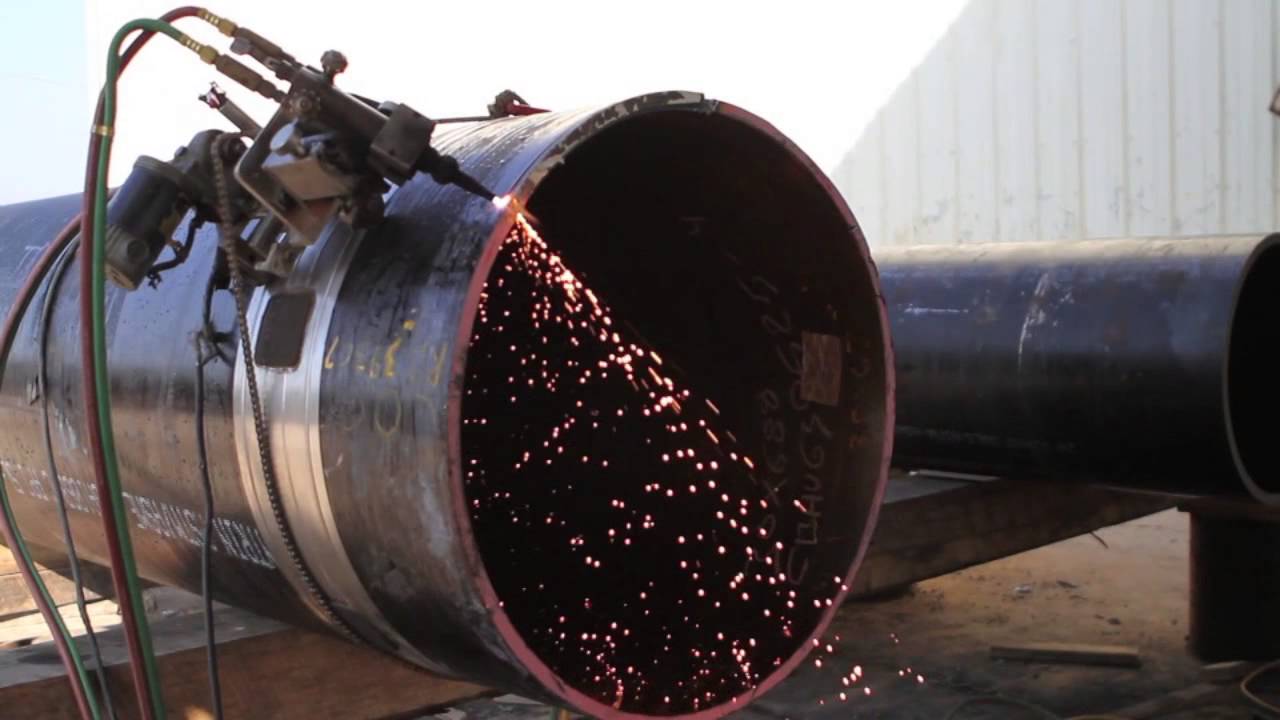What is pipeline beveled end and why use it?
In fact, it is processed prior to the welding of two pieces of line pipes, an angle formed at the edge of the end of the pipe with the help of a beveling machine. Beveling of pipe or tubing is most commonly used to prepare the ends for welding. It can also be used for deburring the cut ends for safety and aesthetic reasons.
Subtract the pipe’s wall thickness from the pipe’s outside diameter. For example, if you had a pipe with a diameter of six inches and a wall thickness of two inches, you would subtract two from six to get four.
Why bevel a pipe?
Beveling of pipe or tubing is most commonly used to prepare the ends for welding. It can also be used for deburring the cut ends for safety and aesthetic reasons.

Common types of beveled ends
Beveling ends can be made into various angles, achieving the better welding seam. Common beveled ends for butt joints are I—Type butt joint, single—V beveled end, double—V beveled end and single U—beveled end.
In fact, it is processed prior to the welding of two pieces of line pipes, an angle formed at the edge of the end of the pipe with the help of a beveling machine. Beveling of pipe or tubing is most commonly used to prepare the ends for welding. It can also be used for deburring the cut ends for safety and aesthetic reasons.
Subtract the pipe’s wall thickness from the pipe’s outside diameter. For example, if you had a pipe with a diameter of six inches and a wall thickness of two inches, you would subtract two from six to get four.
Why bevel a pipe?
Beveling of pipe or tubing is most commonly used to prepare the ends for welding. It can also be used for deburring the cut ends for safety and aesthetic reasons.

Common types of beveled ends
Beveling ends can be made into various angles, achieving the better welding seam. Common beveled ends for butt joints are I—Type butt joint, single—V beveled end, double—V beveled end and single U—beveled end.










